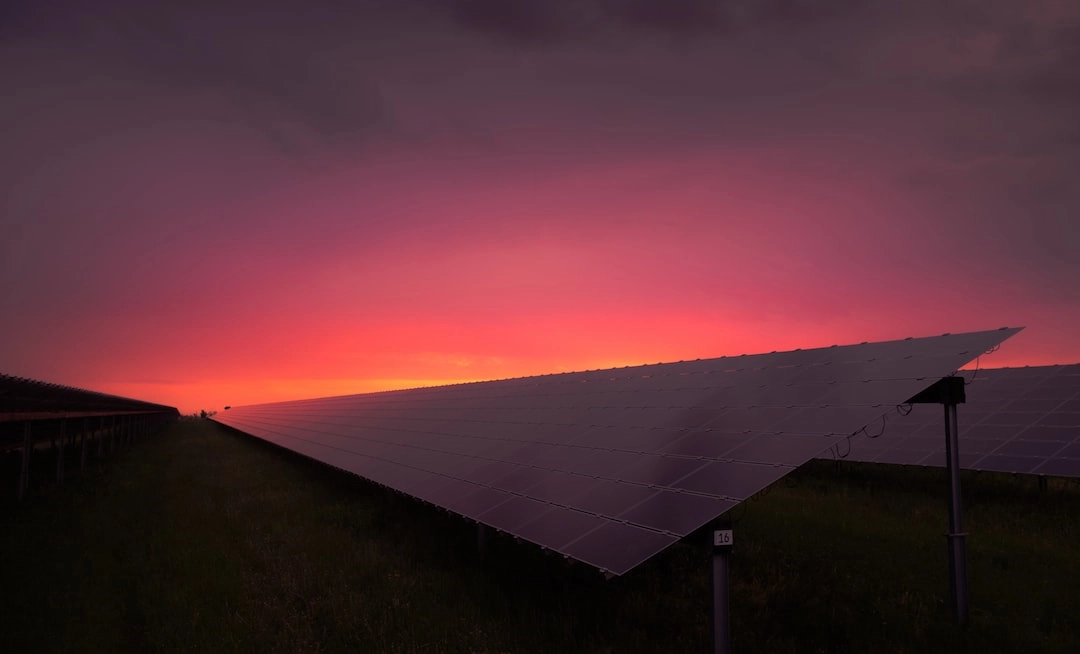What are Solar-Powered Public Spaces?
Solar-powered public spaces refer to outdoor areas, facilities, and infrastructure that are powered by solar energy. They are designed to harness the sun’s energy through photovoltaic panels or solar thermal systems to generate electricity or heat. These spaces are a sustainable and environmentally friendly alternative to traditional energy sources.
Real-World Problems Associated with Solar-Powered Public Spaces
Solar-powered public spaces offer numerous benefits, but like any technology, they come with their own set of challenges that need to be addressed for effective implementation and seamless operation.
1. Initial Investment Costs
One common challenge in implementing solar-powered public spaces is the initial investment costs. While solar energy technology has become more affordable in recent years, the upfront expenses for installing solar panels and related infrastructure can still be significant. Municipalities or public organizations may face budget constraints that hinder large-scale adoption.
2. Limited Space Availability
Solar panels require ample space for installation and optimal exposure to sunlight. In urban areas where land is limited, finding suitable locations for solar-powered public spaces can be challenging. Additionally, there may be restrictions on building heights or shading from surrounding structures that reduce the efficiency of solar panel arrays.
3. Maintenance and Technical Expertise
Like any sophisticated technology, solar-powered public spaces require regular maintenance and technical expertise for optimal performance. This includes cleaning panels, monitoring system efficiency, and troubleshooting any issues that may arise. Ensuring the availability of skilled personnel and resources for ongoing maintenance can be a logistical challenge for implementing and sustaining solar-powered public spaces.
4. Integration with Existing Infrastructure
Solar-powered public spaces often need to be integrated with existing infrastructure, such as streetlights, parks, or transportation systems. This requires careful planning and coordination to ensure compatibility and efficient energy distribution. Retrofitting solar power into existing systems may require additional investment and technical adjustments.
5. Public Awareness and Perception
Public awareness and perception of solar energy can also be a hurdle. Some people may have misconceptions about the reliability or effectiveness of solar-powered public spaces. Educating the public about the potential environmental and economic benefits of solar energy is crucial to garnering support and increasing adoption rates.
Conclusion
Solar-powered public spaces hold significant potential for a sustainable future. While there are real-world problems associated with implementing and maintaining such spaces, advances in technology, supportive policies, and public awareness can help overcome these challenges. By addressing these issues, we can create more environmentally friendly and resilient communities that harness the power of the sun for a better tomorrow.

Solutions for Overcoming Challenges in Solar-Powered Public Spaces
While there are some challenges to implementing solar-powered public spaces, there are also solutions and strategies that can help overcome these obstacles:
1. Financial Assistance and Incentives
Government entities and organizations can provide financial assistance and incentives to encourage the adoption of solar-powered public spaces. This can include grants, subsidies, or tax incentives that help offset the initial investment costs and make solar energy projects more economically viable.
2. Creative Space Utilization
In areas with limited space availability, innovative design solutions can help maximize the use of existing structures or repurpose underutilized spaces for solar panel installation. This might involve rooftop solar installations, vertical solar arrays, or integrating solar panels into infrastructure elements such as noise barriers or parking canopies.
3. Collaboration and Partnerships
Collaboration between government entities, private businesses, and community organizations can help leverage resources, expertise, and funding for solar-powered public spaces. Public-private partnerships can facilitate the sharing of costs, technical expertise, and maintenance responsibilities, ensuring long-term sustainability.
4. Streamlined Maintenance Practices
Developing streamlined maintenance practices, such as regular cleaning schedules, performance monitoring systems, and quick response protocols, can help ensure the efficient operation of solar-powered public spaces. Training programs and partnerships with local educational institutions can help build a skilled workforce for ongoing maintenance.
5. Public Education and Demonstration Projects
Efforts to raise public awareness and dispel misconceptions about solar energy are crucial. Education campaigns, community workshops, and demonstration projects can showcase the benefits and success stories of solar-powered public spaces, helping to change public perception and encourage broader acceptance and support.
Conclusion
By implementing these solutions, we can overcome the challenges associated with solar-powered public spaces and create a more sustainable future. With financial incentives, creative space utilization, collaboration, streamlined maintenance practices, and public education, we can accelerate the adoption of solar energy and harness its potential for a greener and more resilient world.













